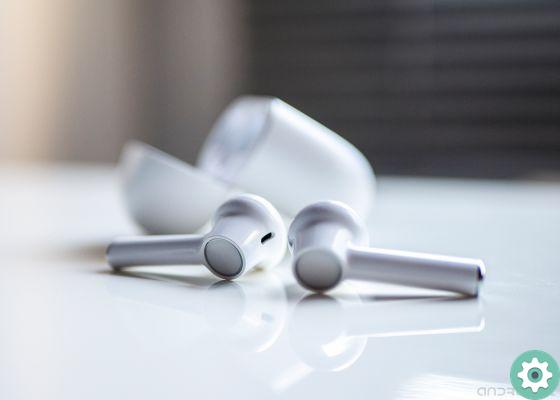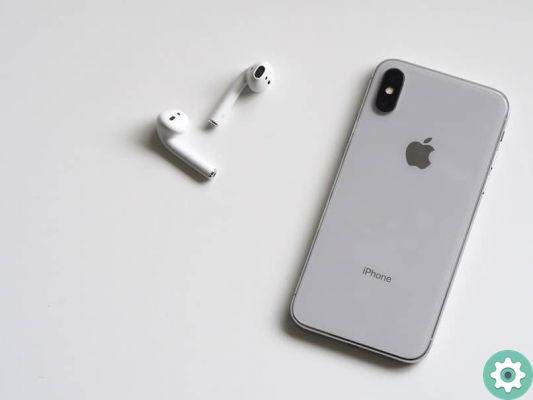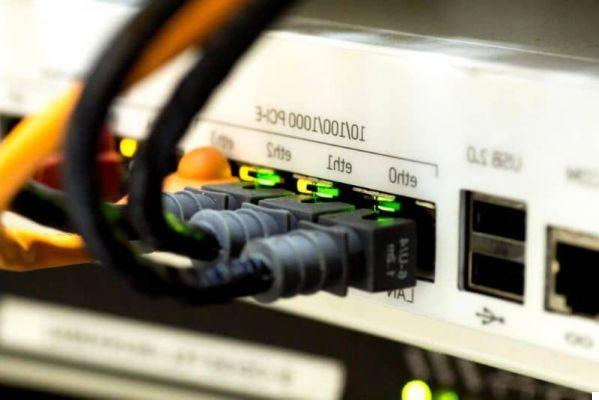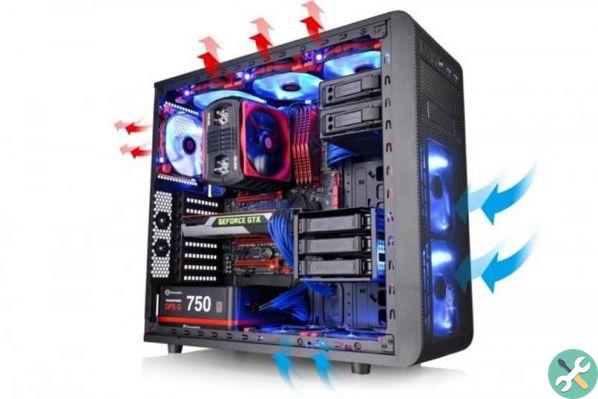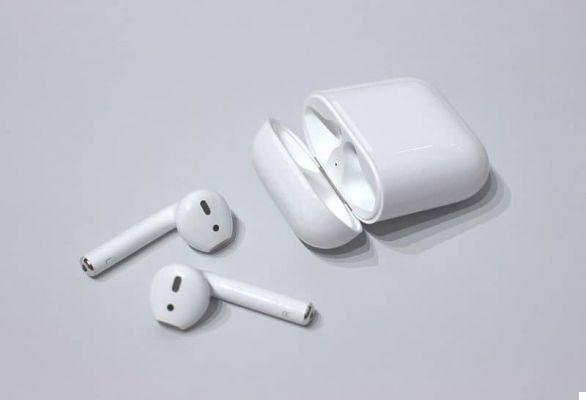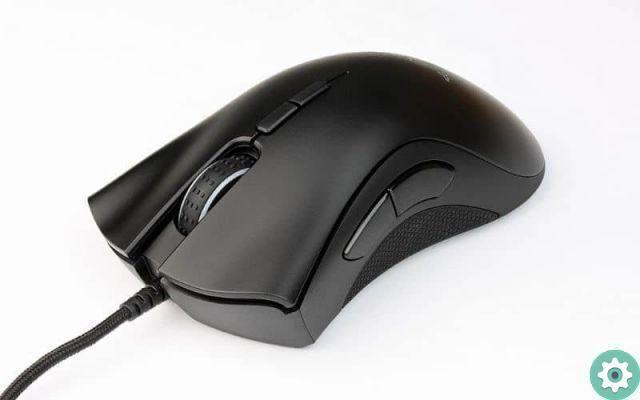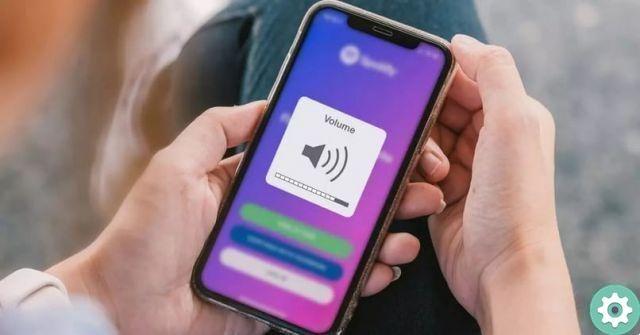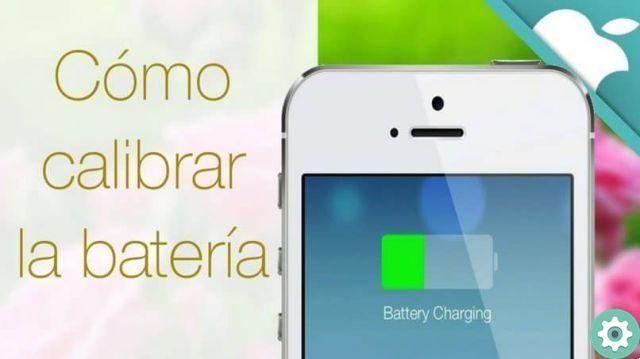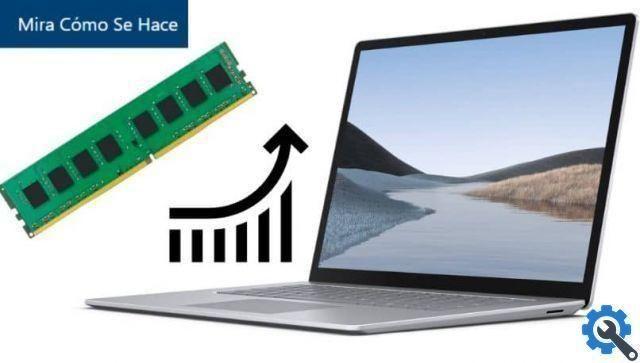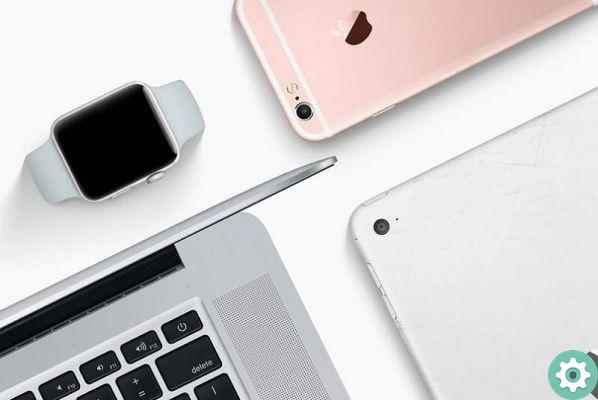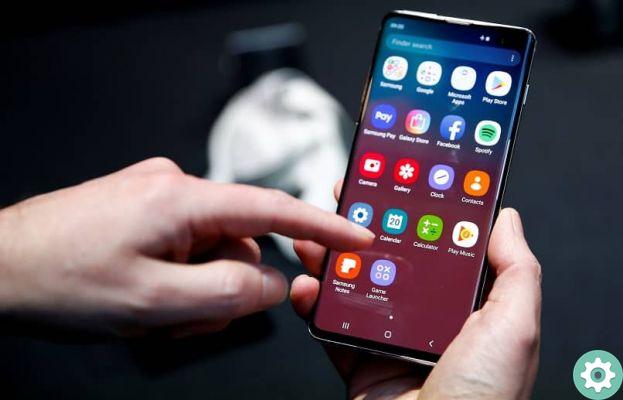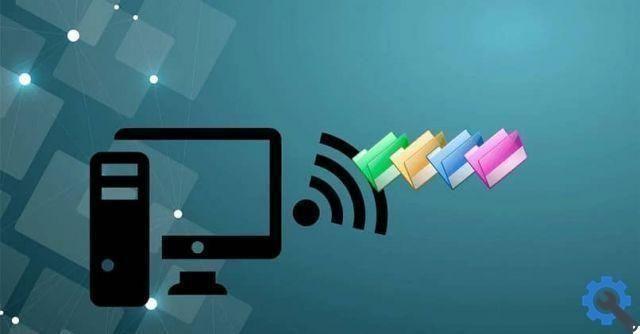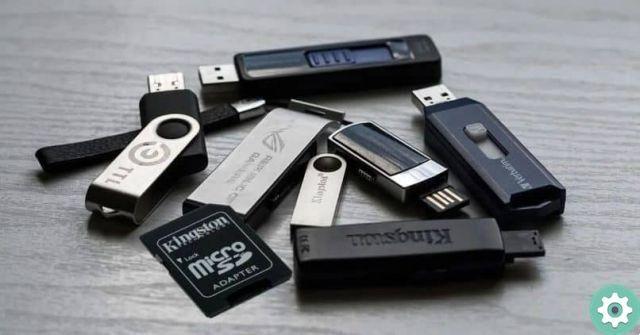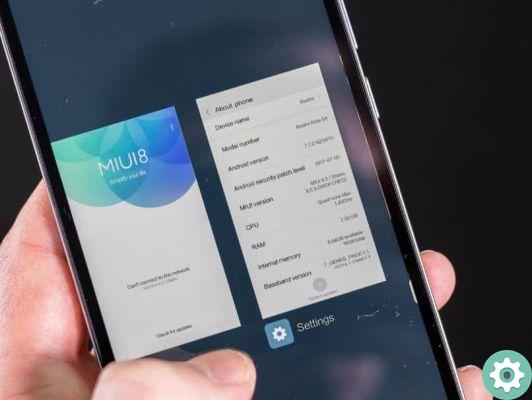Even if sometimes we don't realize it, time passes, and many times we don't realize it as long as DON'T we look back and see what happened. And that's exactly what we're here for today, because the thing is to remember.
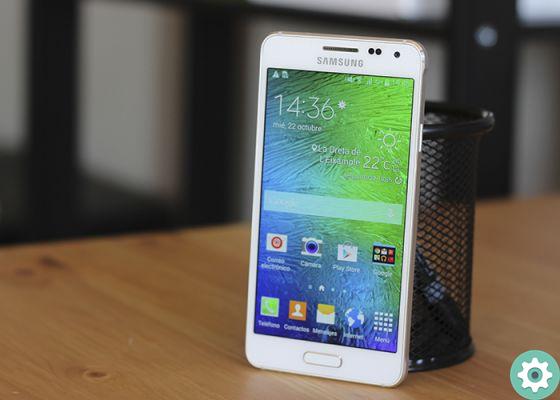
And today it was the turn of the Samsung Galaxy Alpha, that terminal that we can say that he threw the basics of what Samsung is today in terms of design, and with which I put all the meat on the grill when the one that the Korean company liked plastic perhaps more than necessary. Everything, until the moment when the company decided to change the dynamics it was following to try to make "its own iPhone", since it shares some lines with the iPhone from the moment it was launched.
This was the Samsung Galaxy Alpha
The Samsung Galaxy Alpha was unveiled in 2014, no more, no less than half a decade ago, and while it feels like two days, that's quite a long time, but the truth is we've seen Samsung advance a lot since then, and we saw how he was able to transform what was his weakest part into one of his greatest strengths. We are talking about design, and we could say that this Galaxy Alpha was the first stone that Samsung laid to build this house.
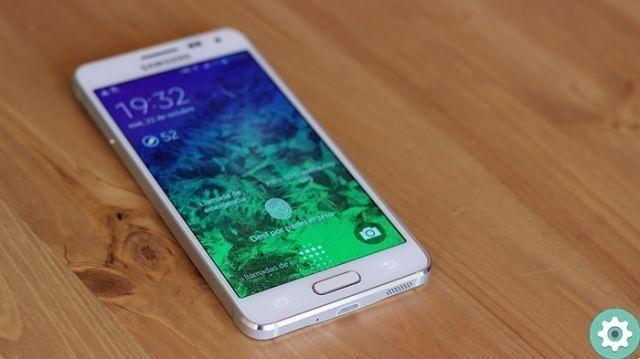
At a time when Samsung's flagships were completely made of plastic and rounded shapes, the Korean company decided to focus on a terminal that was closer to the iPhone 5S, with aluminum frames that gave a good feeling to the hand. - despite the fact that the back was still plastic - and slightly squarer design lines which gave the terminal a more robust appearance than other terminals of the company.
As the name indicates, it was a kind of Alpha-state project with which Samsung began to draw the lines that would determine how its terminals should be. And, although it was not its flagship, it was a terminal that gave a lot to say, and one of the reasons was its price, as the terminal cost 599 euros, a price that, at the time, was very close to the price of traditional high-end terminals.
Samsung Galaxy Alpha| Specifications | |
|---|---|
| Sizes | 132,4 x 65,5 x 6,7 mm |
| Weight | 115 grams |
| Screen | 4,7-inch Super AMOLED with HD resolution (720 × 1280) |
| Pixel density | 312 pixels per inch |
| Processor | Samsung Exynos 5 Octa 5430, ARM Cortex-A15 a 4 core da 1,8 GHz più ARM Cortex-A7 a 4 core da 1,3 GHz |
| RAM | 2 GB |
| Operating System | 4.4 Android KitKat |
| Storage | 32 GB internal |
| Cameras | 12 megapixel rear with LED flash and 2,1 megapixel front |
| battery | 1860 mAh |
| Others | GPS with A-GPS and GLONASS, Wi-Fi, Wi-Fi Direct, DLNA, Bluetooth 4.0, NFC, Micro-USB 2.0, fingerprint sensor |
And, although this terminal had high-end specs, it wasn't Samsung's favorite terminal, this position was occupied and is currently occupied by the Galaxy S and Galaxy Note, and this device was simply an alternative terminal.
But it wasn't all gold that gleamed, since the device had some negative points like its battery of only 1.860 mAh. Today it is difficult to imagine such a small battery, but in those days it was even a little less than expected, and which allowed, in the best of cases, to reach the end of the day. In the best case.
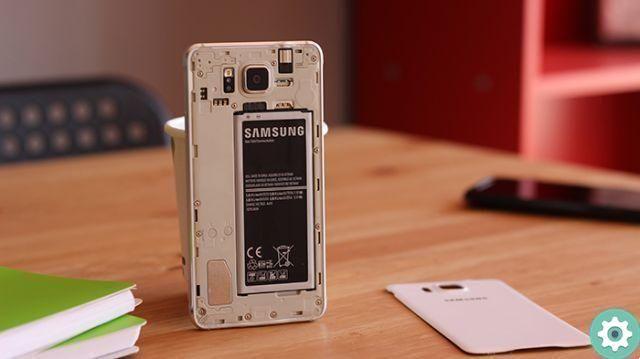
As you can see, the passage of time is considerable, and quite a lot, since we do not find double or triple cameras, nor a great optimization on the screen, in fact the fingerprint reader is located on the front of the device, right on the button below the screen.
From my point of view, it was the device that changed the way Samsung viewed design, and from that, the Korean company has improved the design of its terminals and made it much more premium, as happened with the Galaxy S6 Edge, Galaxy Note 5, which started using glass backs and aluminum bezels, leaving behind the era of plastic in Samsung.




